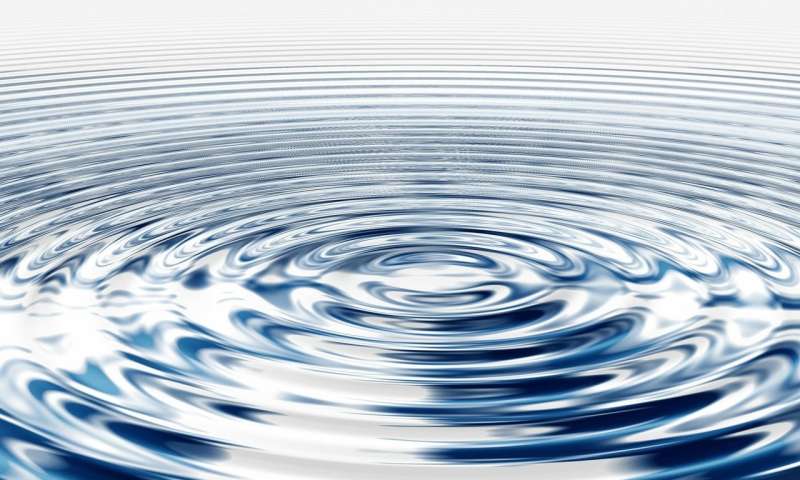Novel approach keeps liquids from freezing at very low temperatures for extended periods

Investigators from the Massachusetts General Hospital Center for Engineering in Medicine (MGH-CEM) have developed a simple method to maintain water and water-based solutions in a liquid state at temperatures far below the usual "freezing point" for greatly extended periods of time. While they currently have accomplished this for volumes of only a few ounces, their approach鈥攄escribed in the journal Nature Communications - may someday enable safe, extended preservation of blood cells, tissues and organs, along with improved food preservation.
"Water and other aqueous solutions in the sorts of volumes we deal with every day normally freeze when cooled below the freezing point of 0掳 C or 32掳 F," says O. Berk Usta, Ph.D., of the MGH-CEM, co-corresponding author of the report. "Our approach, which we dubbed 'deep supercooling,' is simply to cover the surface of such a liquid with a solution that does not mix with water, like mineral oil, to block the interface between water and air, which is the major site of crystallization. This surprisingly simple, practical and low-cost approach to supercooling solutions for extended periods can enable many medical and food preservation methods, as well as fundamental experiments that were not previously possible."
In most real-world environments, water and water-based solutions begin to freeze when the temperature reaches below 0掳 C/32掳 F, with ice crystals randomly forming where the liquids contact air or various impurities in the solution. Supercooling鈥攔educing a liquid below its usual freezing point without crystallization鈥攈as been achieved for very small volumes and brief periods of time or by using high pressure equipment that is both costly and possibly damaging to tissues or other biological materials.
Reducing the temperature of any biological material鈥攕uch as cold storage of perishable foods and organs for transplantation鈥攕lows down metabolic and other reactions. Supercooling extends this metabolic deceleration further without the damage caused by ice crystallization. Following upon observations by lead author Haishui Huang, Ph.D., the team first found that sealing the surface of a small (1 ml) water sample with a hydrocarbon-based oil鈥攕uch as mineral oil, olive oil or paraffin oil鈥攃ould suppress ice formation at temperatures as low as -13掳 C (around 9掳 F) for up to a week. Through a series of experiments both with more complex oils and with pure simple hydrocarbons, such as alcohols and alkanes, they succeeded in keeping 1 ml samples of water and cell suspensions supercooled at -20掳 C (-4掳 F) for 100 days and 100 ml (3.2 oz) samples for a week.
The team also demonstrated application of their deep supercooling method to the extended preservation of red blood cells. While red blood cells are usually stored at 4掳 C (39掳 F) for as long as 42 days, recent reports have suggested that cell quality at that temperature begins to decline after around 14 days, and irreversible cellular injury sets in after 28 days, challenging current blood banking practice. The MGH-CEM team's preliminary experiments indicated that their deep supercooling approach could safely preserve red-blood-cell suspensions of up to 100 ml at -13掳 C for as long as 100 days, more than doubling the current storage time.
"We currently are conducting experiments to increase the volume of red blood cell storage samples up to the more clinically relevant 300 to 500 ml range," says Usta, who is an assistant professor of Surgery at Harvard Medical School. "We also are working on applying this method to other cells and on translating it to large tissues and whole organs like the liver. Along with potential applications in medicine and food preservation, we also believe this invention could be used to study chemical reactions in the liquid state at low temperatures without the usual costly and complicated high-pressure equipment."
More information: Haishui Huang et al, Long-term deep-supercooling of large-volume water and red cell suspensions via surface sealing with immiscible liquids, Nature Communications (2018).
Journal information: Nature Communications
Provided by Massachusetts General Hospital


















